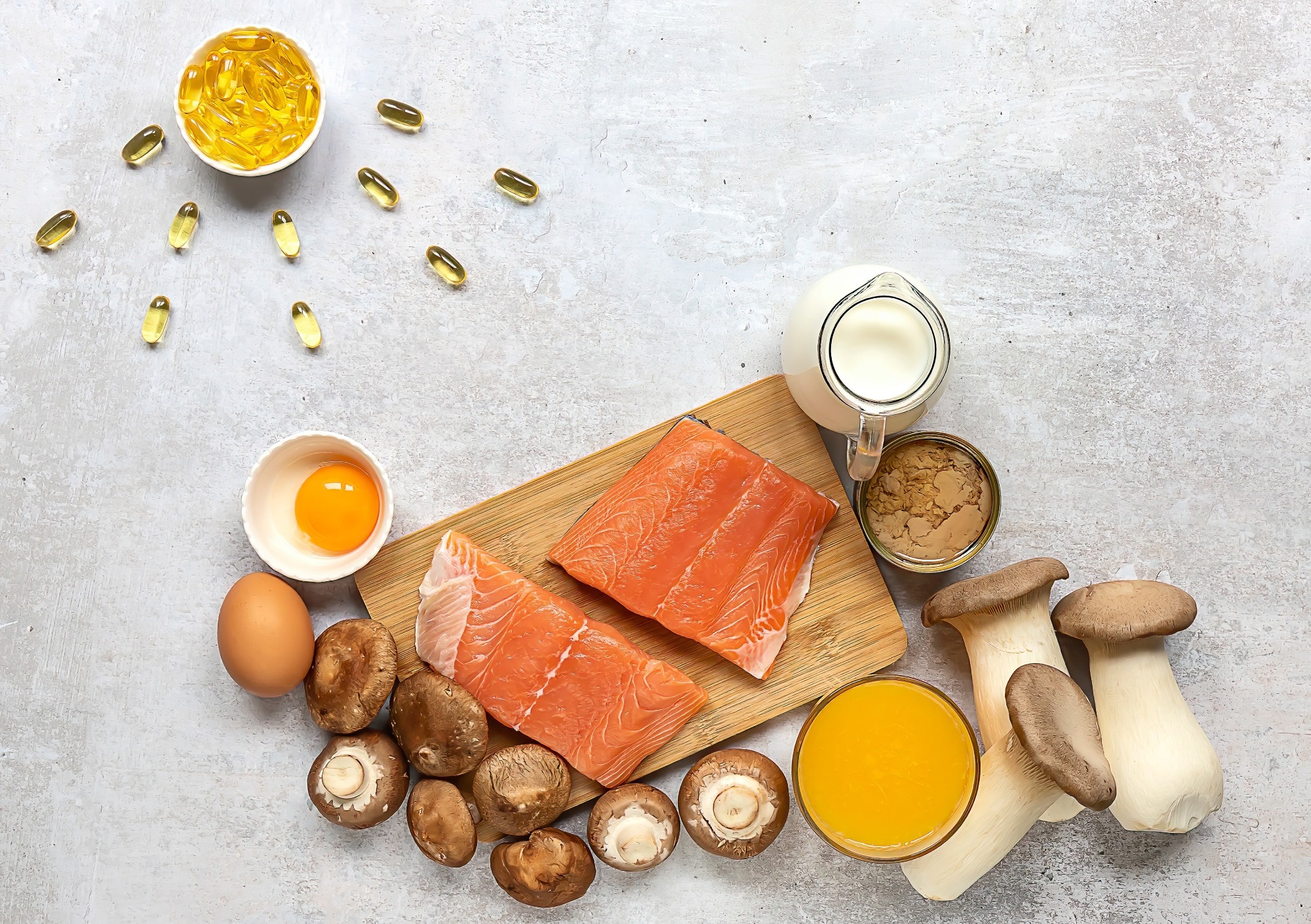In a recent study published in the Nutrients Journal, researchers from Italy evaluated the association between perceived stress levels and dietary and lifestyle factors, such as vitamin D intake, sun exposure, and physical activity among the Mediterranean population.
 Study: Physical Activity, Sun Exposure, Vitamin D Intake and Perceived Stress in Italian Adults. Image Credit: JaneVershinin/Shutterstock.com
Study: Physical Activity, Sun Exposure, Vitamin D Intake and Perceived Stress in Italian Adults. Image Credit: JaneVershinin/Shutterstock.com
Background
While the World Health Organization defines stress as the mental tension or worry due to challenges during difficult situations, the definition of stress has now expanded to include experiences or situations that induce anxiety or frustration due to the inability to cope with conditions or perceived threats to one’s well-being and security.
Acute or chronic stress releases cortisol and catecholamines needed for the fight-or-flight response. However, persistently high levels of cortisol and catecholamines impact psychological and physiological health.
Research indicates that stress can be managed by targeting risk factors, such as physical activity and diet, to strengthen the individual’s resilience.
Physical activity has shown benefits in various neurological, metabolic, and musculoskeletal diseases, as well as in improving mental health outcomes.
Low vitamin D levels are also linked to depression, musculoskeletal problems, sleep disorders, cardio-metabolic diseases, and breast cancer. Nutrition and exposure to sunlight are the two modes of improving vitamin D levels.
About the study
In the present study, the researchers aimed to examine how various lifestyle behaviors and dietary habits are associated with non-communicable diseases among individuals in the Mediterranean region of southern Italy.
The cohorts of enrolled adults above 18 years were stratified by 10-year age groups and sex. Validated questionnaires assessed physical activity levels through in-person and online interviews with trained personnel.
The questionnaire evaluated physical activity based on the time dedicated within the last week to physical activity.
A minimum physical activity of 1,500 metabolic equivalents of task (MET) minutes per week while doing strenuous physical activity for three days or more or one week of moderate to vigorous exercise adding up to 3,000 MET minutes per week were categorized as high levels of physical activity.
Moderate levels of physical activity included three or more days of vigorous activity, five or more days of moderate activity, or a combination of vigorous and moderate activity adding up to a minimum of 600 MET minutes per week.
The individuals who did not fall into either of the two categories were grouped under the low physical activity category.
Exposure to the sun was scored based on the time spent outside, weighted by the percentage of the body exposed and the use of sunscreen, and grouped into high, medium, and low exposures.
A modified and validated food frequency questionnaire was used to assess dietary exposures. The intake of seasonal foods, micro- and macro-nutrients, energy, and nutrients was calculated. The Mediterranean diet was used to evaluate each individual’s diet quality.
Data on covariates such as age, sex, educational qualifications, marital status, body mass index (BMI), and smoking behavior were also collected. Additionally, the perceived stress scale was used to assess the stress symptoms of each participant.
The questionnaire evaluated the perceived stress during various situations in each individual’s life based on a response ranging from zero, indicating never, to four, indicating always.
Results
The results reported an inverse association between perceived stress levels and variables such as physical activity, vitamin D intake, and exposure to sunlight.
When the population was stratified based on sunlight exposure, physical activity levels, and vitamin D intake, the association between perceived stress and each variable was found to be significant only among individuals with high exposures to the other variables, indicating that the variables were related.
Physical activity is thought to reduce perceived stress levels by inducing β-endorphin secretion, which positively influences mood, and by increasing sunlight exposure through outdoor activity.
The results also found that increased exposure to sunlight was associated with lower levels of perceived stress. Since sunlight is essential for converting 7-dehydrocholesterol to vitamin D, the association between increased sun exposure and low levels of perceived stress is believed to be influenced by vitamin D levels.
Furthermore, higher vitamin D intake was also linked to lower levels of perceived stress.
The inflammatory and hormonal responses to stress are modulated by the hypothalamic-pituitary-adrenal axis in association with the immune and autonomic nervous systems.
The vitamin D receptors are distributed in the brain within the hypothalamus and the substantia nigra neurons, and 1,25-dihydroxy vitamin D3, a vitamin D metabolite, exhibits neuroprotective properties by upregulating the expression of nerve growth factors and neurotrophins three and four.
Along with anti-inflammatory properties associated with vitamin D, the neuroprotective properties of the vitamin D metabolites explain the inverse correlation between vitamin D intake and perceived stress levels.
Conclusions
Overall, the findings reported an inverse association between perceived stress levels and variables such as physical activity, vitamin D intake, and exposure to sunlight.
The three variables were also interlinked, with outdoor physical activity increasing the levels of sun exposure, which in turn, influences vitamin D levels. Therefore, the three variables have a cumulative impact on stress levels.

